Picnic and Restroom Closures at Fort Dupont Park
The Ridge Road Picnic Area and restrooms, along with the Lanham Estates restrooms, will be closed April 15–November 15, 2025, and remain closed afterward per the Superintendent’s Compendium schedule.
| Title | Fort Dupont Park |
| Park Code | fodu |
| Description | This 361 acre wooded park was once home to an earthen fort built to protect Washington, DC, during the Civil War. Today, visitors can see the fort's earthworks and escape to the great outdoors. Activities include picnics, nature walks, biking, ga... |
| Location | |
| Contact | |
| Activities |
|
| Entrance fees |
|
| Campgrounds | Count: 0
|
| Places | Count: 13
Black PrideSince the mid-2000s, Fort Dupont has been a home for DC Black Pride’s, the longest continually running Black Pride in the United States and world. The first DC Black Pride took place across from Howard University at Banneker Field in 1991 on the Memorial Day Sunday, and was attended by over 800 people attended, raising more than $3,000. 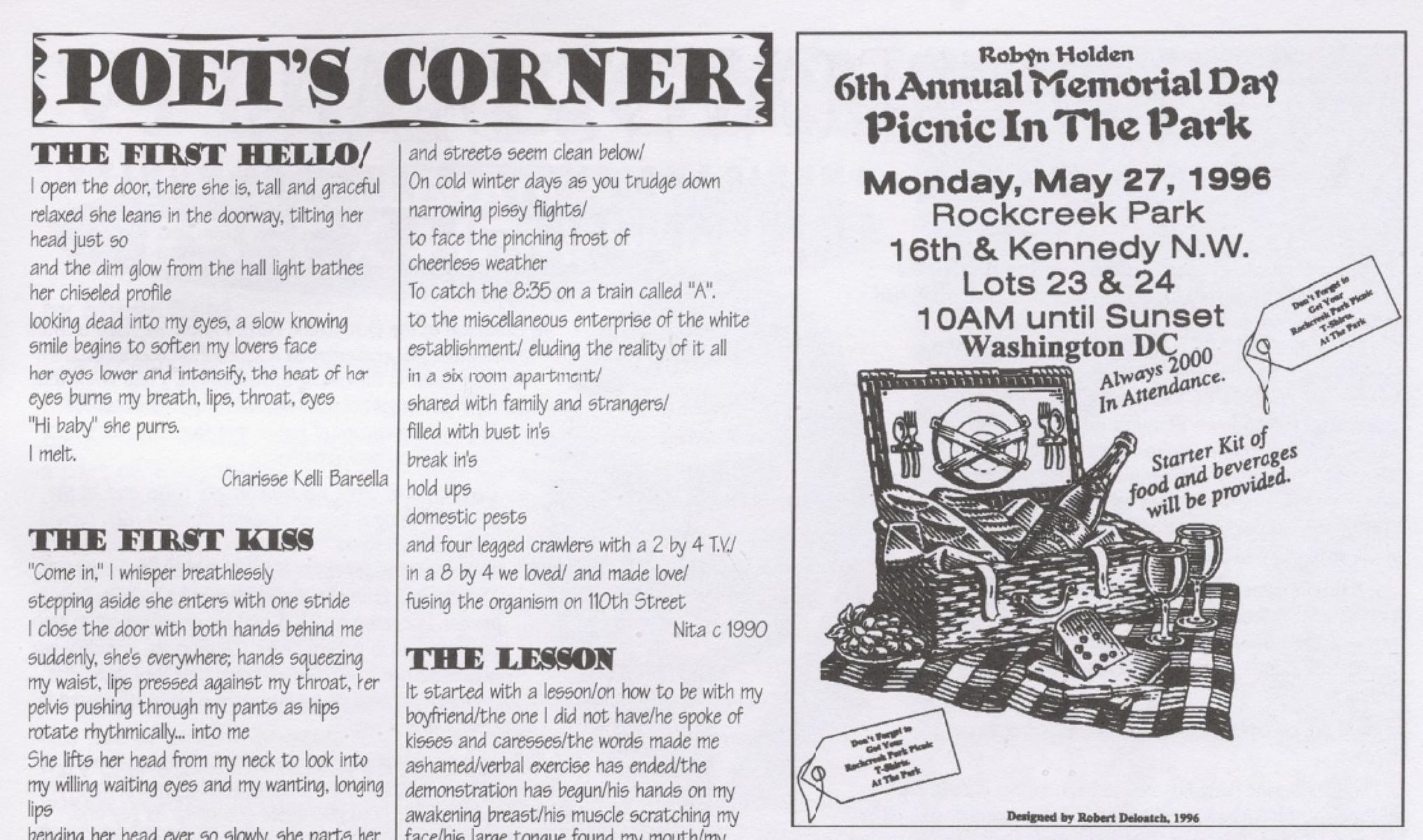
Fort DupontFort Dupont was commenced between Ocotober and December of 1861 and "completed" in the spring on 1862. It was named for Flag Officer Samuel F. Dupont, who commanded the naval victory at Port Royal, South Carolina, in November 1861. 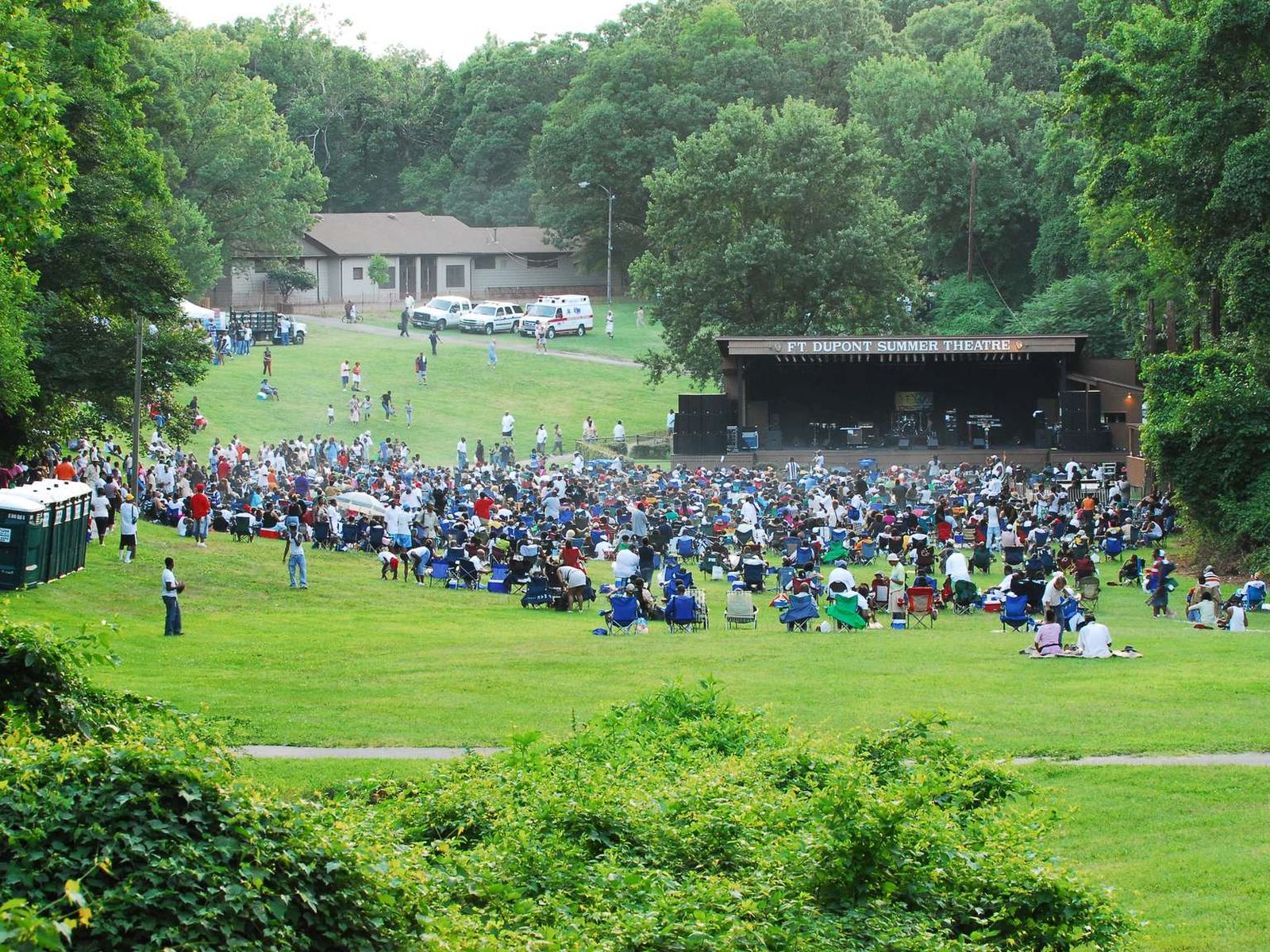
Fort Dupont Community GardensOne of the largest community gardens in Washington, DC, the Fort Dupont Community Gardens increases the accessibility and exposure of fruits and vegetables as well as providing education on nutrition and sustainable agriculture for urban residents. The Community Gardens of Fort DuPont provide education through shared knowledge and agricultural practices by empowering the community to grow its own healthy food. 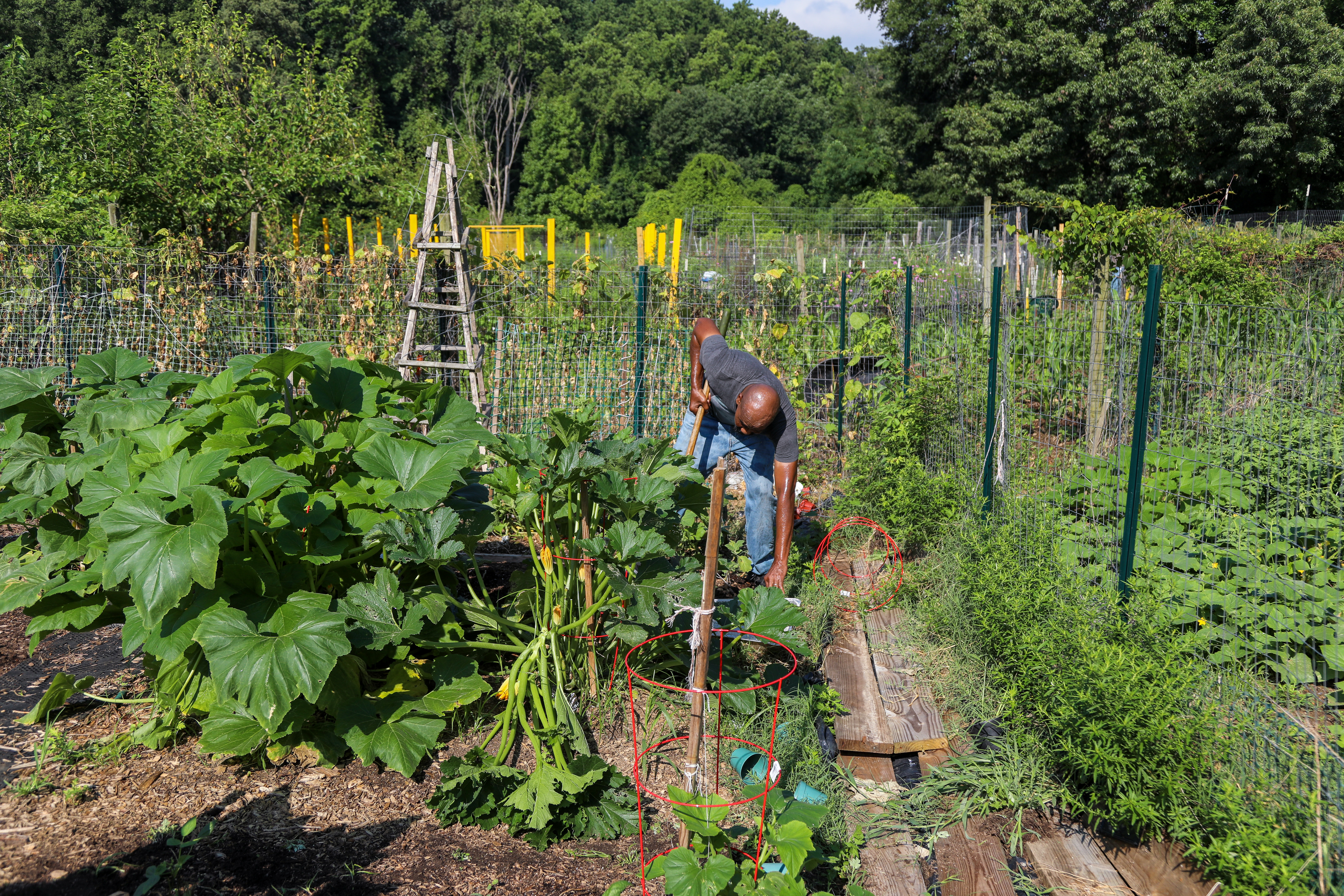
Fort Dupont Historic Earthwork picnic areaPicnic amid history at the site of Fort Dupont's historic earthworks.<br /><br />Picnickers may <a href="https://www.recreation.gov/camping/campgrounds/250017">reserve sites through Recreation.gov</a> . 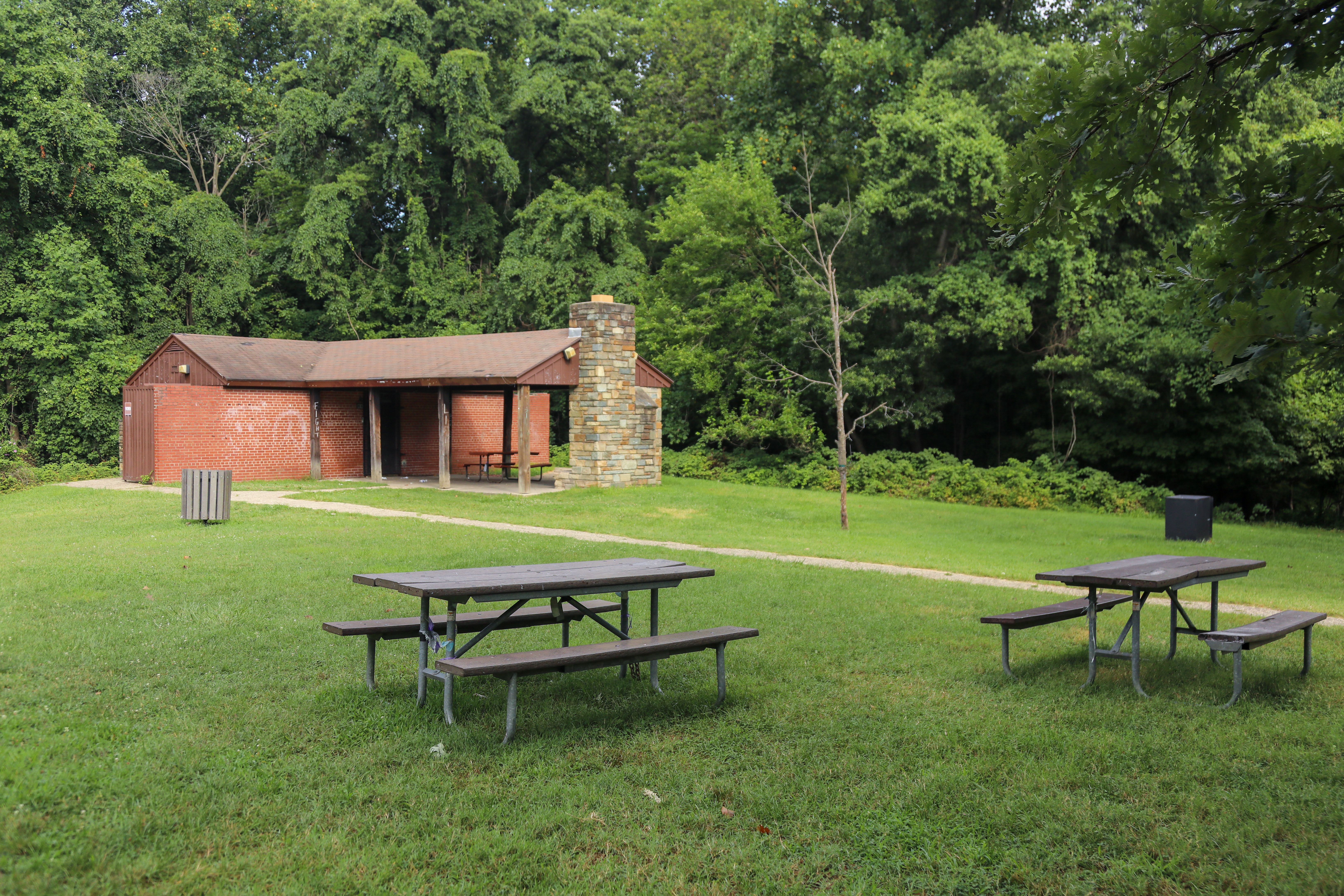
Fort Dupont Randle Circle picnic areaThe picnic grove at Fort Dupont offers a number of recreational opportunities. In addition to picnicking, visitors can hike the nearby trails that link the various Civil War-era forts that protected the capital.<br /><br />Picnickers may reserve sites through <a href="https://www.recreation.gov/camping/campgrounds/250017">Recreation.gov</a> . 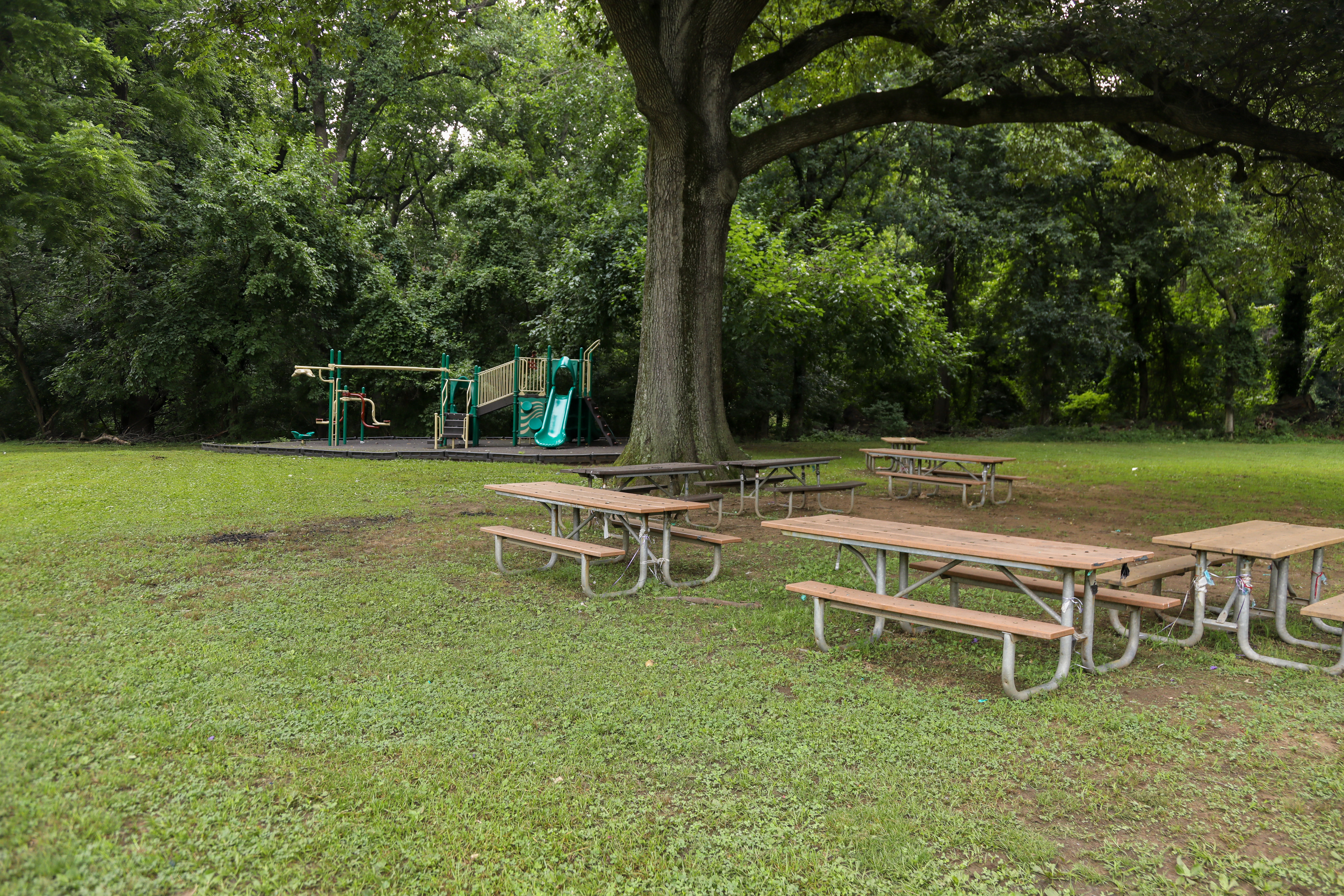
Fort Dupont Ridge picnic area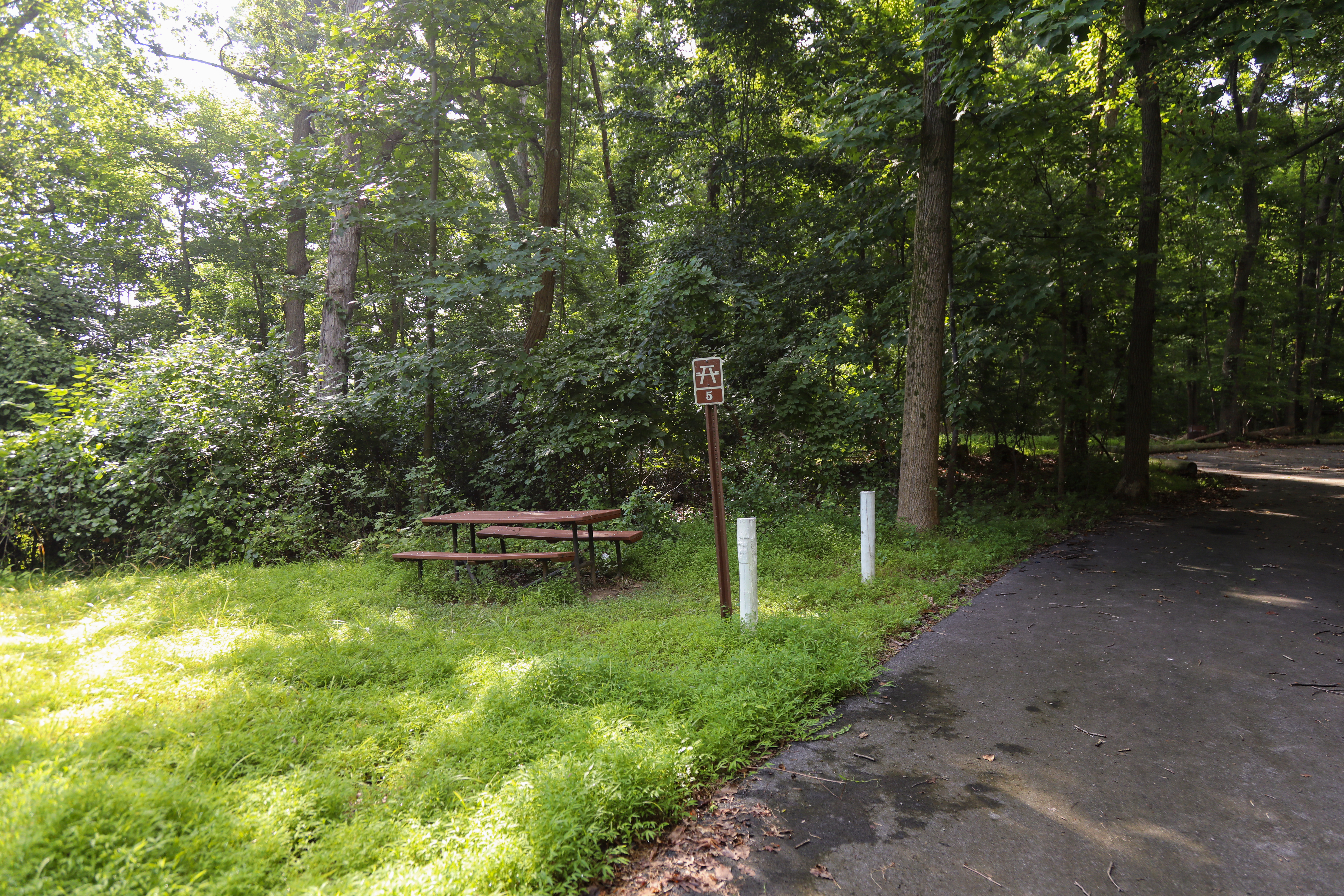
Fort Dupont Summer TheaterSince the late 1960s, the Fort Dupont theater has been a popular venue for outdoor concerts in the summer. 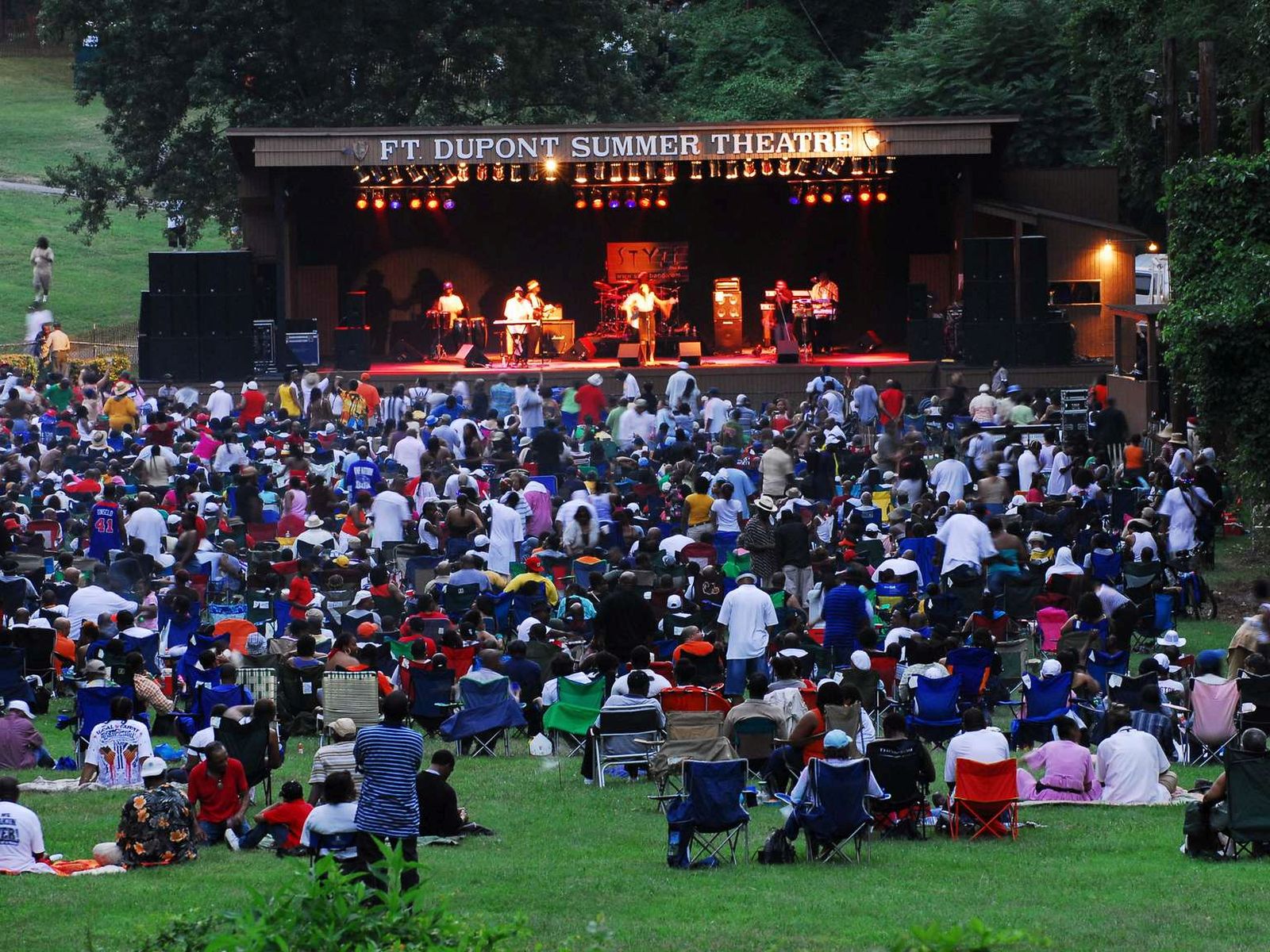
Fort Foote ParkFort Foote was constructed in 1863 atop Rozier's Bluff to strengthen the ring of fortifications that encircled Washington, DC. Two of the Guns that protected Washington are still there along with the remains of the fort's earthworks. 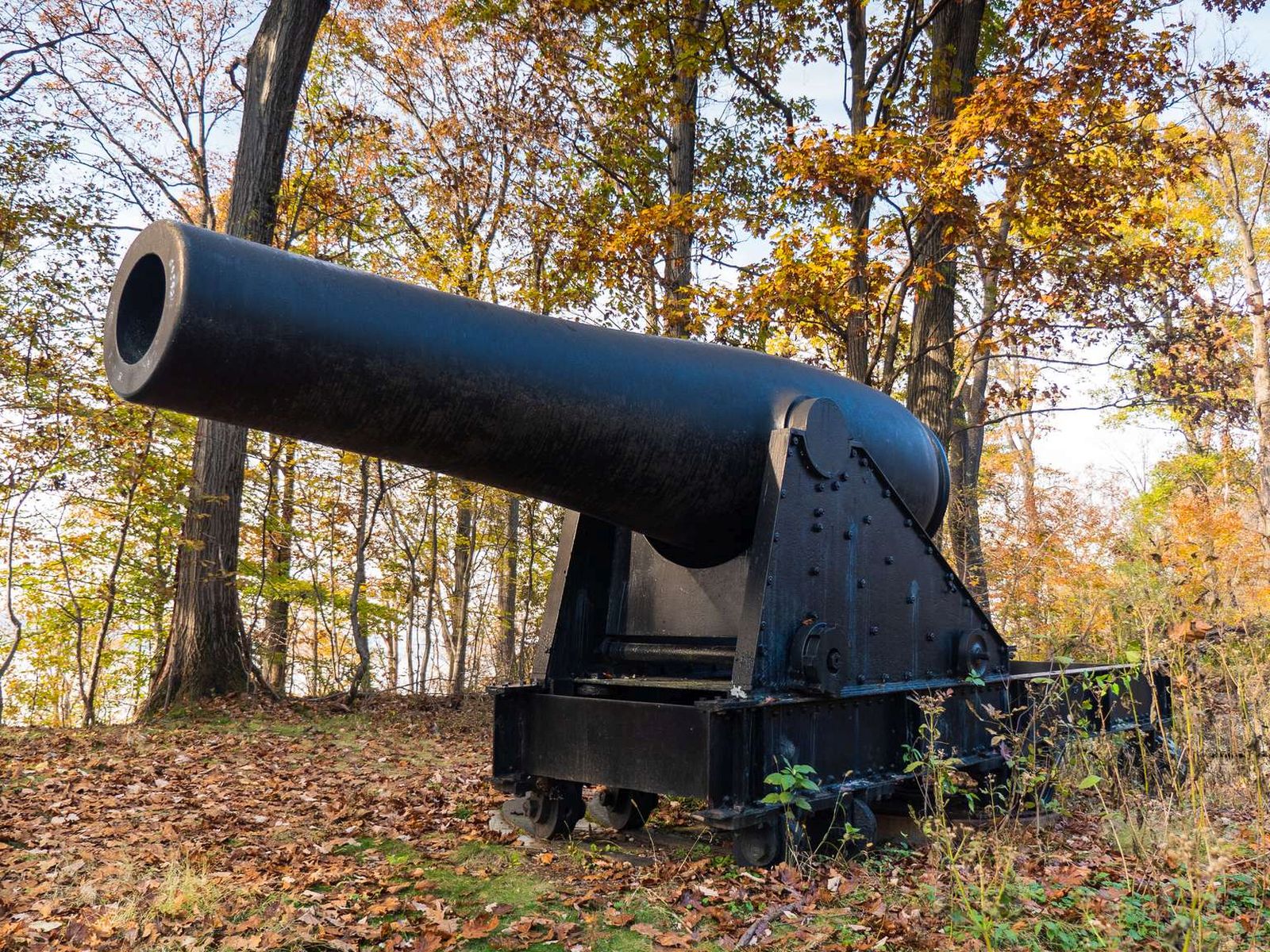
Information Panel: Animal HomesThe forest provides a home for many types of animals. While walking on the trail look closely for these homes nests made of materials such as grasses, twigs or leaves, holes in the ground, in trees, or fallen logs. 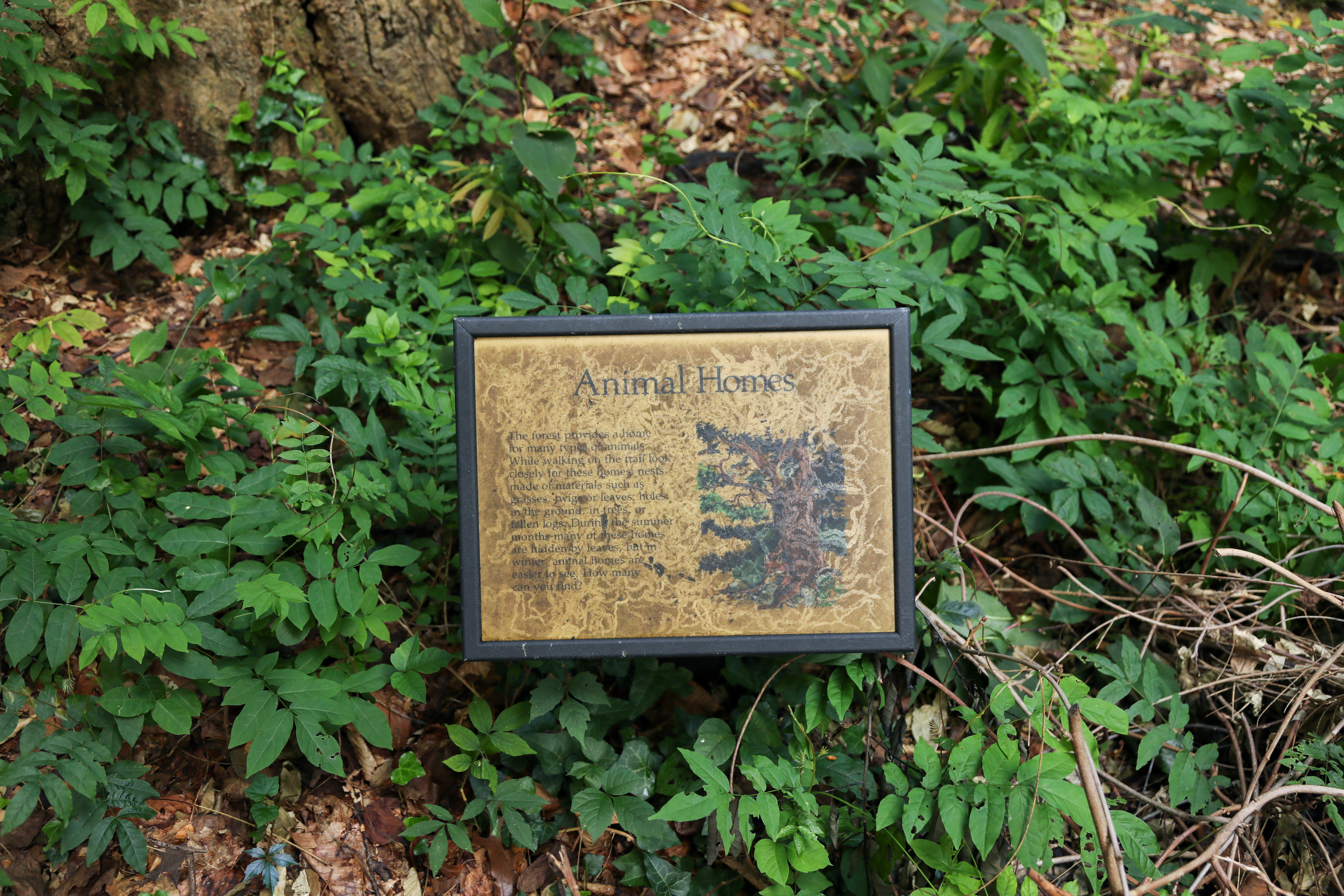
Information Panel: Basement DwellersThis log is a home and feeding ground for many insects and small animals such as termites, bark beetles, and carpenter ants. 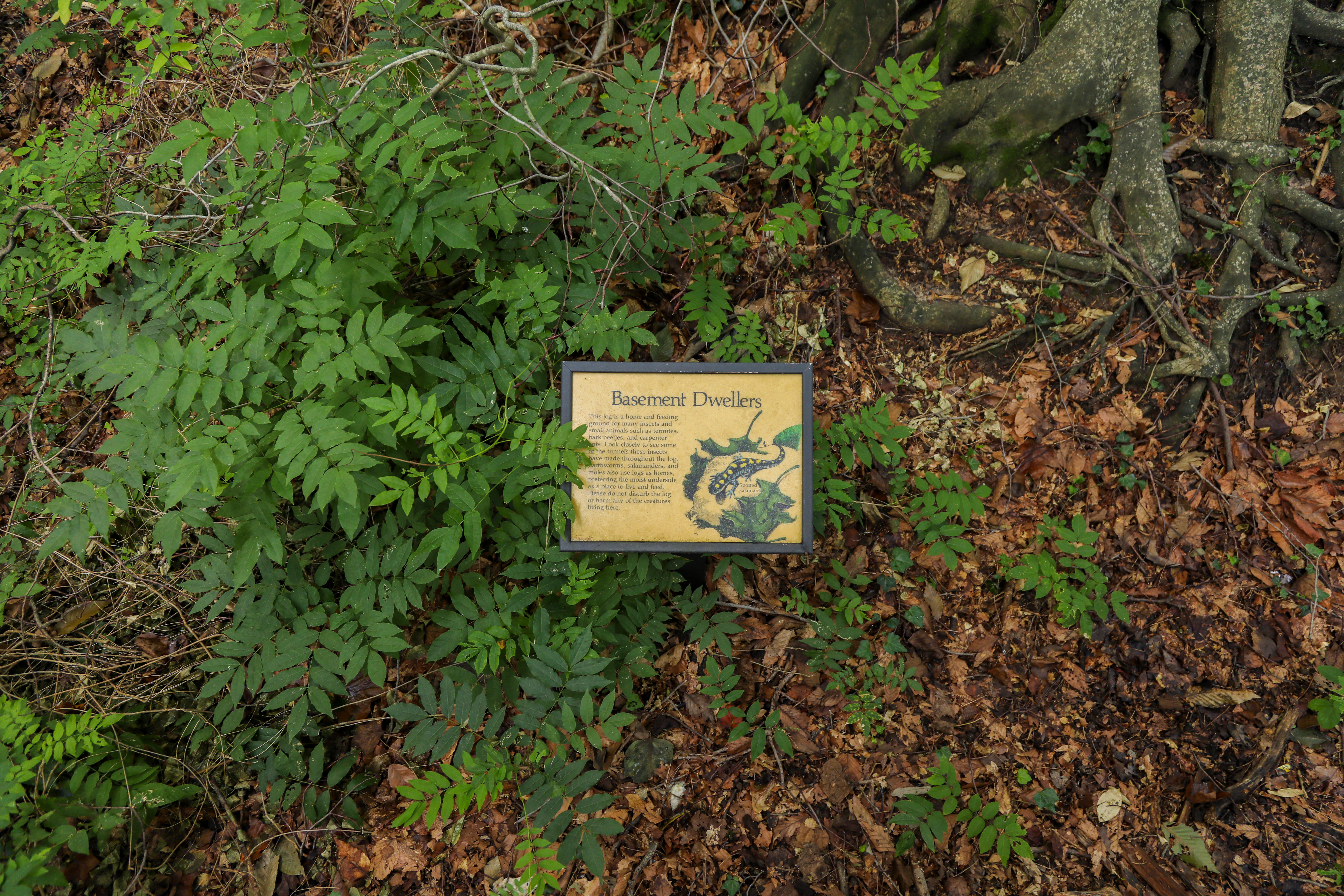
Information Panel: Giants of the ForestTrees dominate the forest. By controlling the amount of sunlight that reaches the forest floor, they influence all woodland plants and animals. 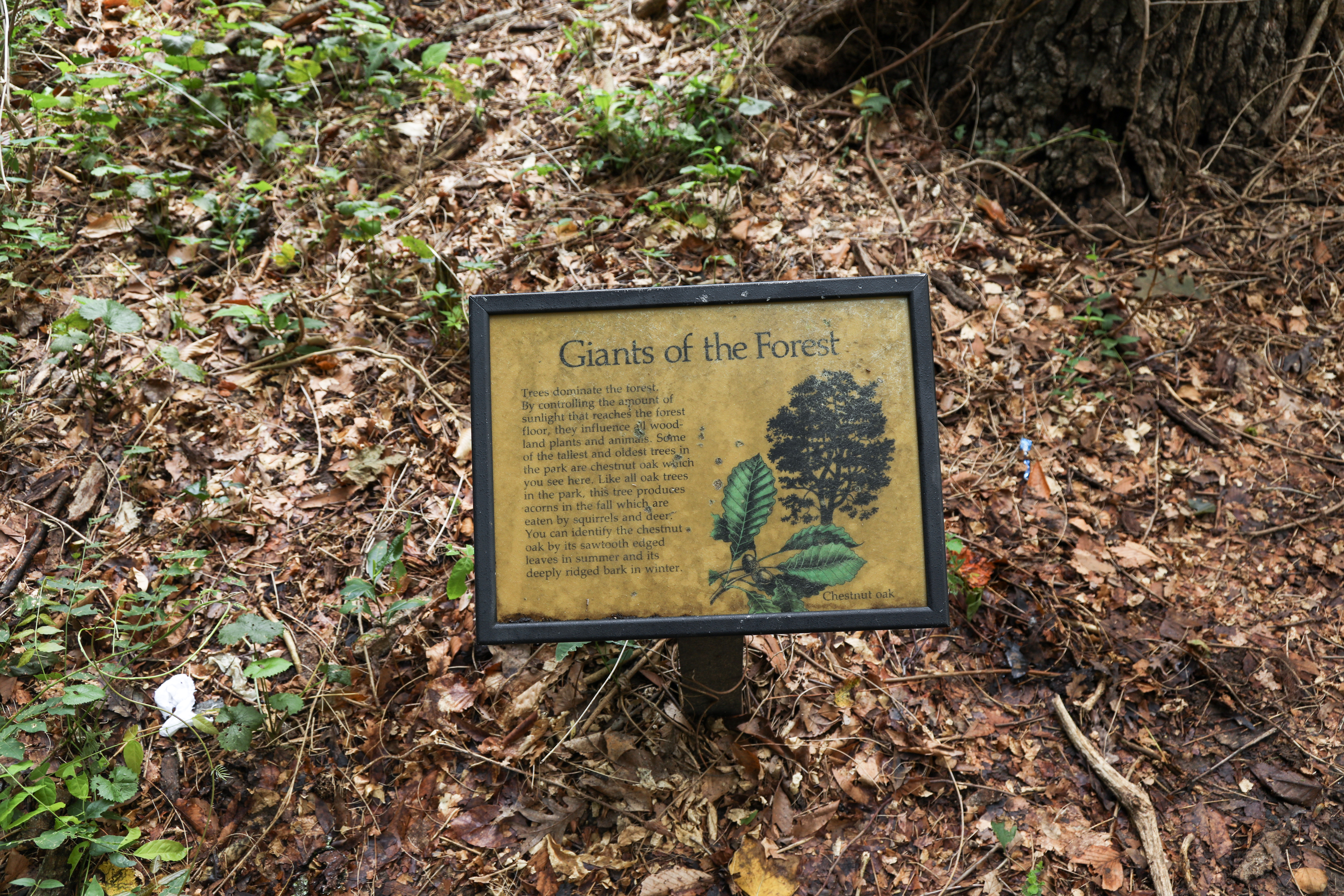
Information Panel: Preserving A CommunityEach plant and creature occupies a special place within it the forest community and plays a vital role in keeping it in balance. 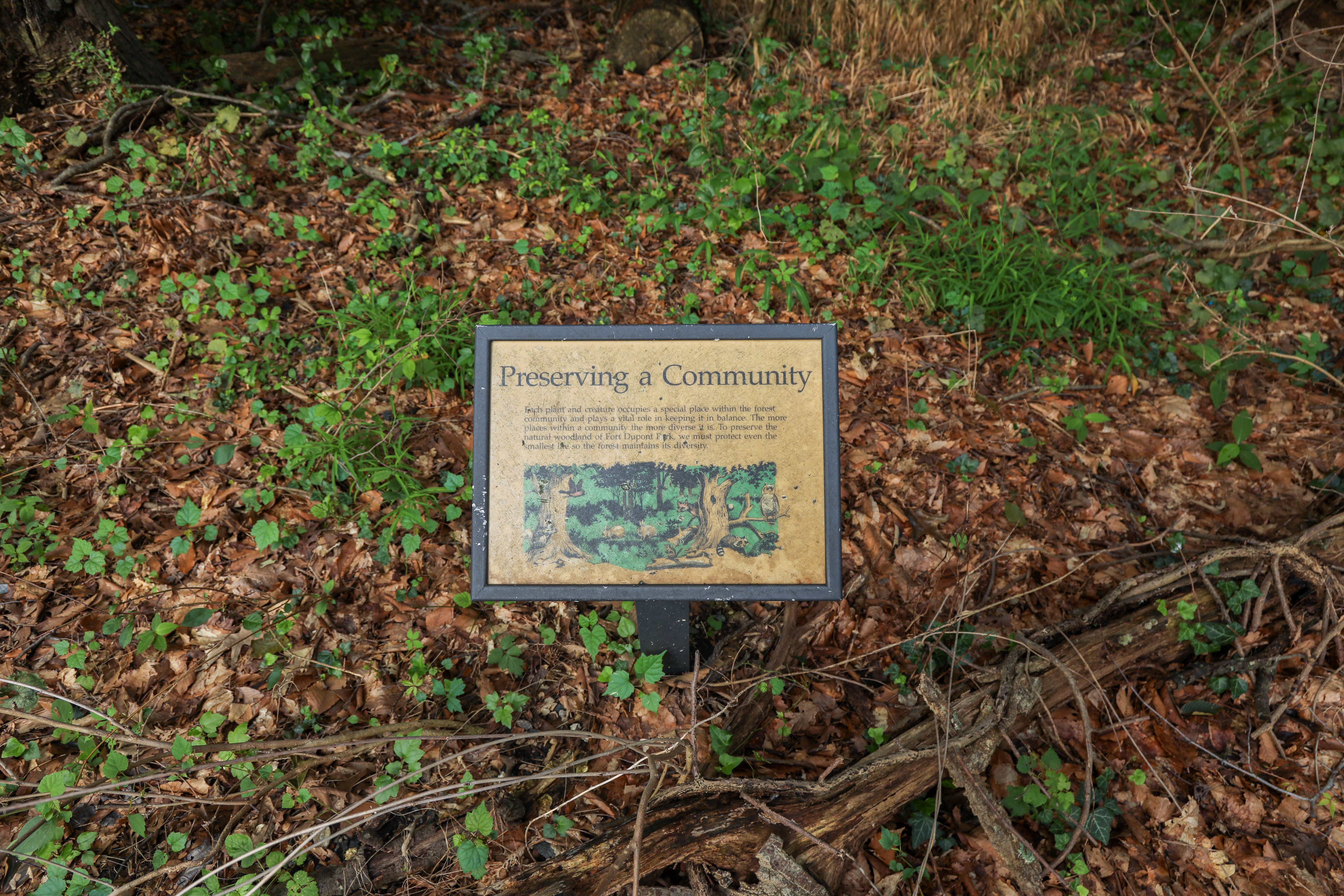
InformationPanel: Two Types of TreesThere are two basic kinds of trees: evergreens, like spruces or pines, and deciduous, like oaks or maples. 
|
| Visitor Centers | Count: 0
|
| Things to do | Count: 5
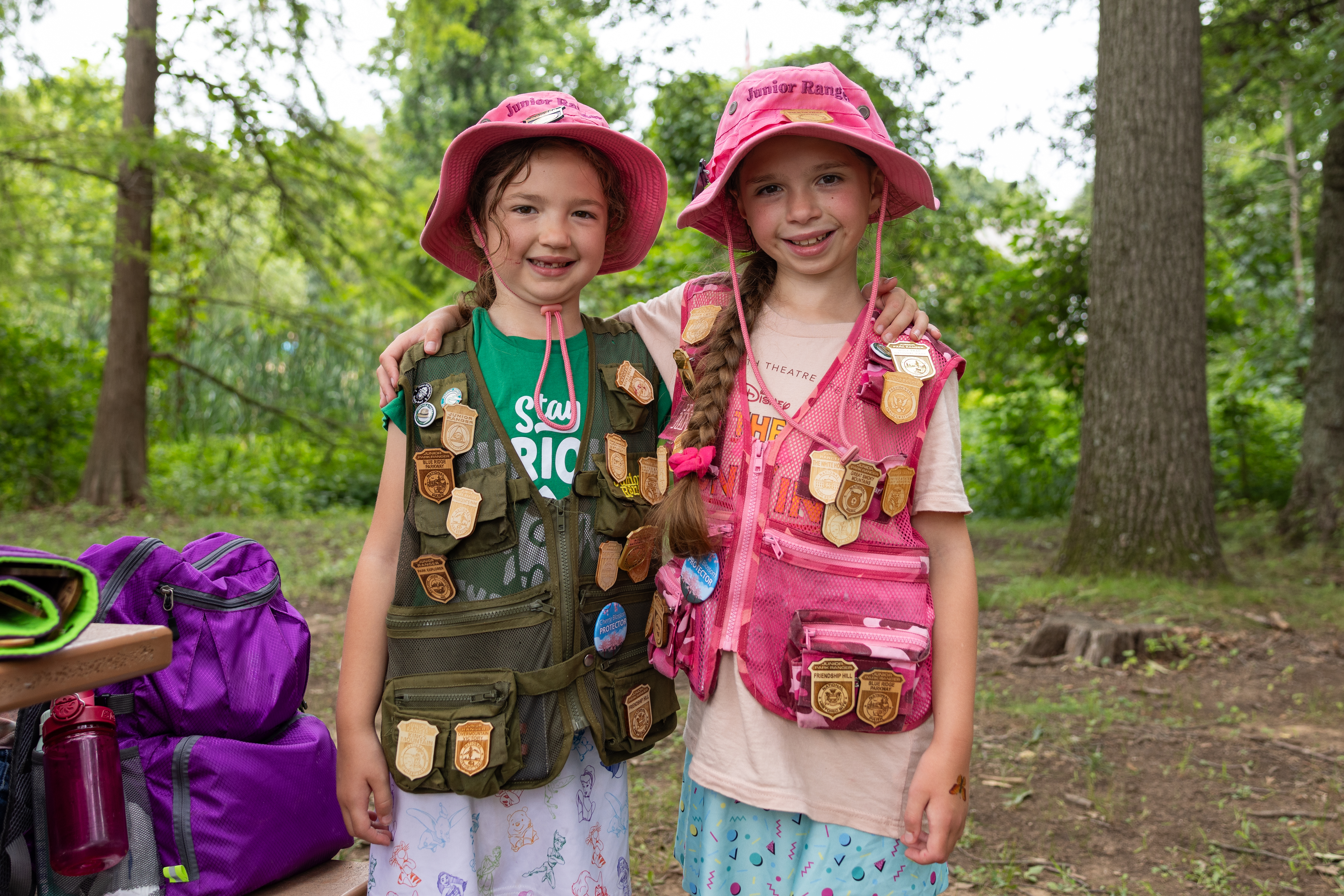
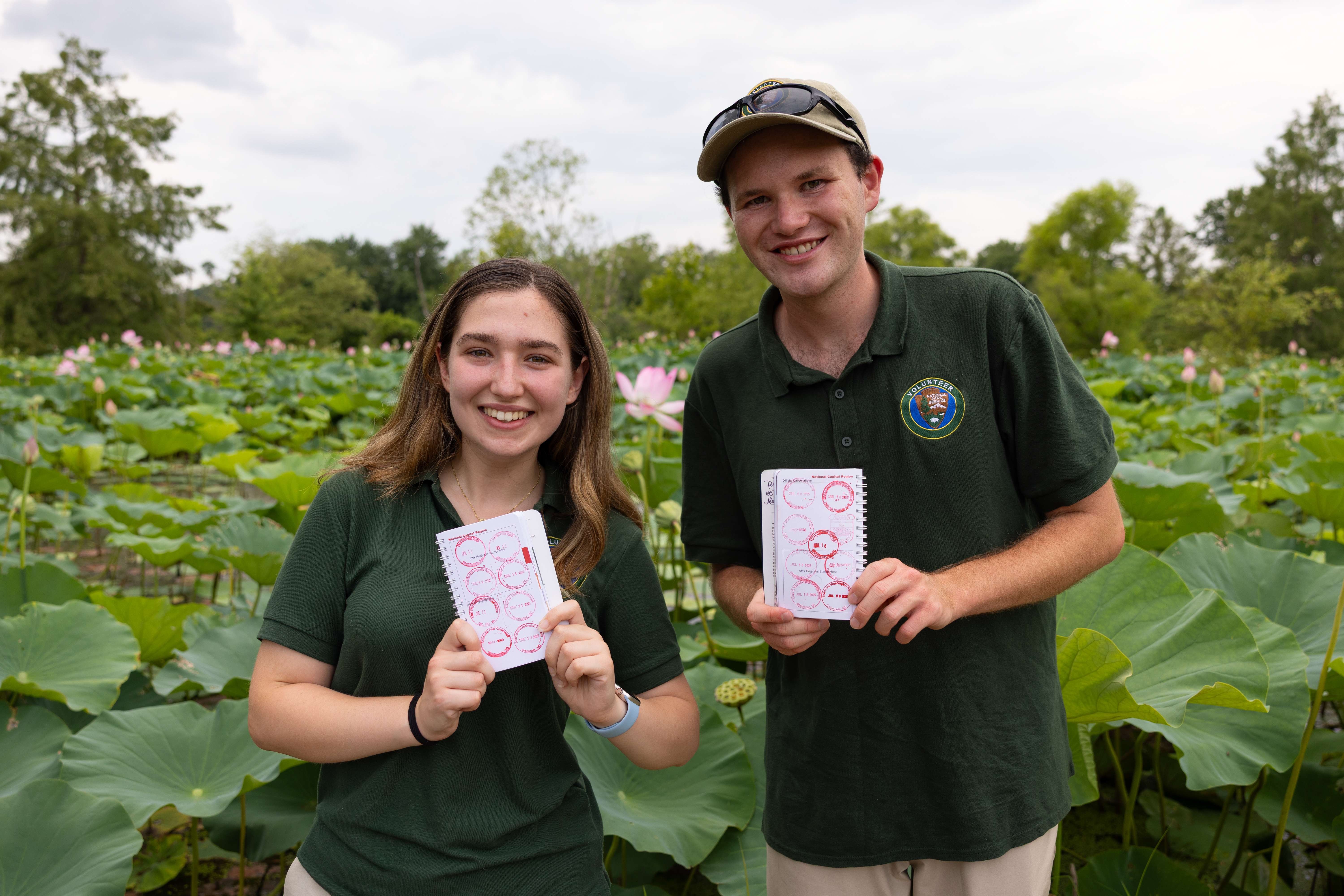
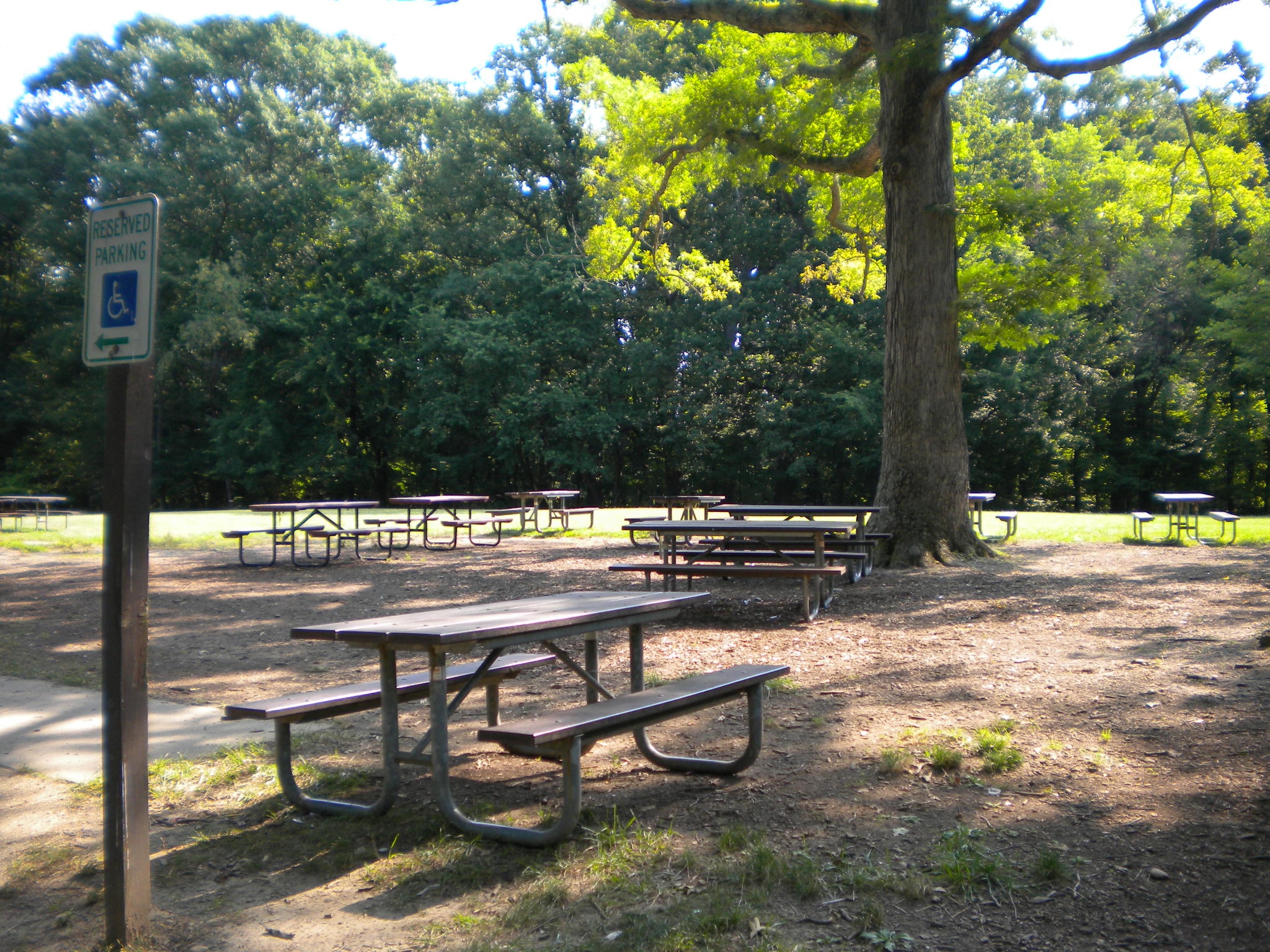
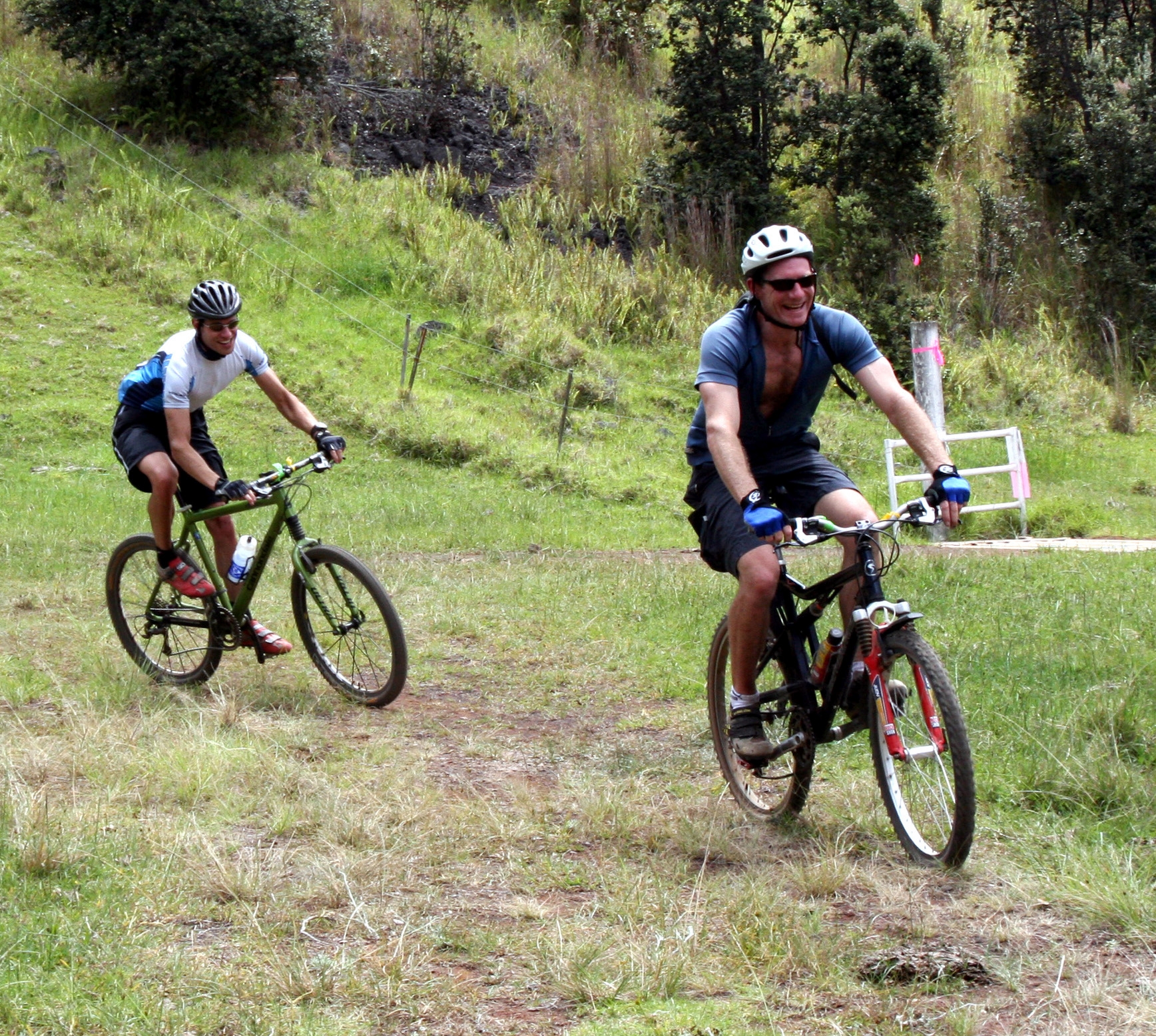
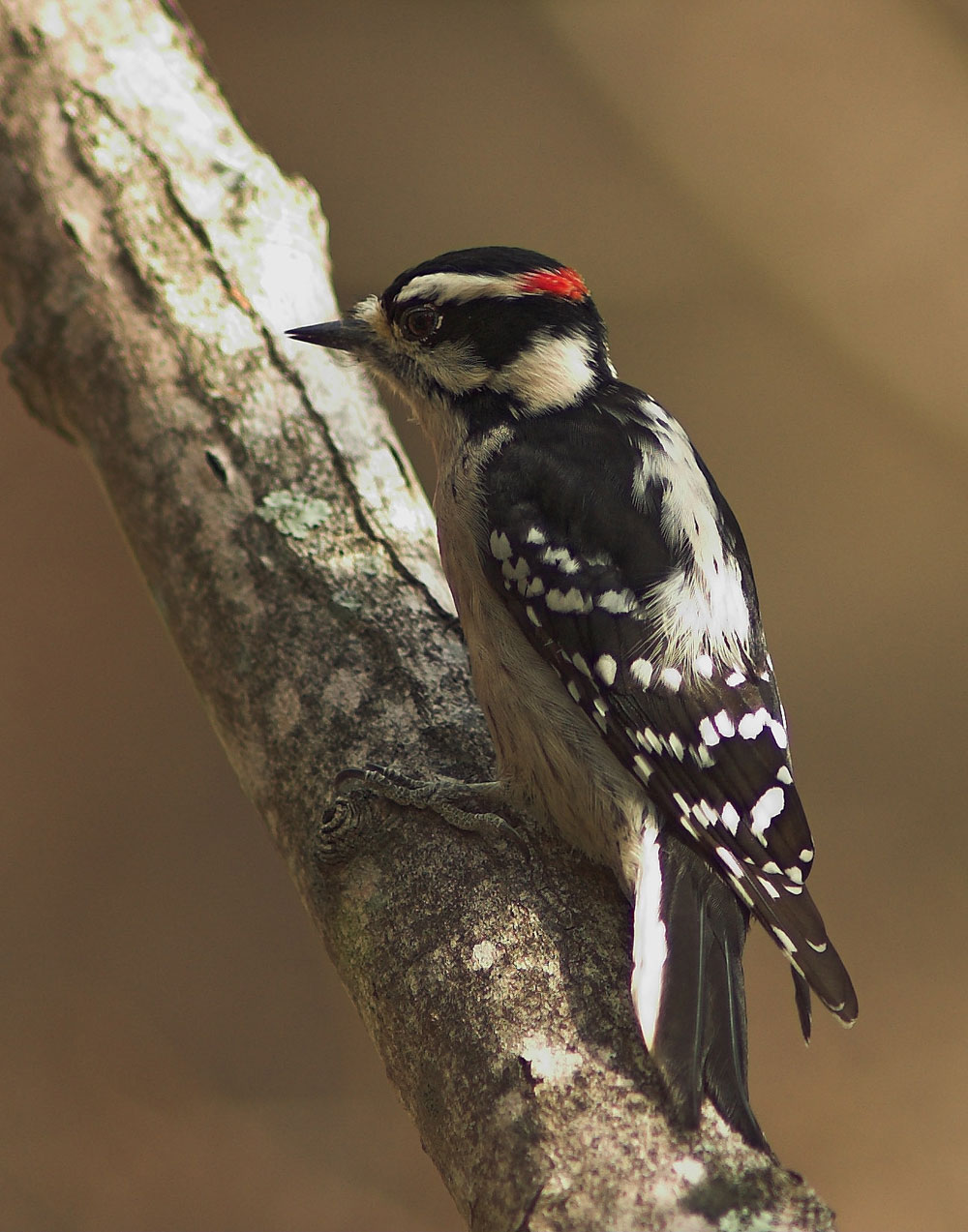
|
| Tours |
Count: 0
|
| Articles |
|